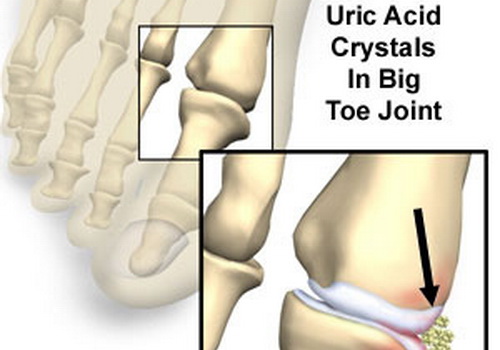
What Causes Gout?
Gout is due to an abnormality of purine metabolism. The final product of purine breakdown is uric acid. Uric acid forms crystals with sodium (Sodium monurate crystals). Sodium monourate tends to crystallize at low temperatures, when faces dehydration, and in acidosis. Proteins in an extra cellular environment (proteoglycans, chondriotin) may also trigger the deposition of urate crystals. With long standing elevated levels of urate, tophi form (painless large deposits of urate crystals).These crystals tend to deposit in joints, muscle tendons and other tissues around joints. These crystals are immunologicaly active and they elicit an immune reaction. Activated lymphocytes, macrophages release compounds (inflammatory mediators) that destroy the surrounding tissues and bones coming together at the joint.
- Important notification about information and brand names used in this slideshow!
- Photo courtesy of hiperuricemia acido urico by Flickr : www.flickr.com/photos/hiperuricemia/7751291774/
- Clinical Medicine by Kumar and Clark

Who's The Most Affected?
In the olden days, gout was a disease of the rich who didn’t move about as much as the working simple folk did. Now with modernization, rates of gout have risen. Western countries are most affected by gout. Around 2% of the population will have gout during their lives. African Americans are more likely to have it than European Americans. New Zealand and China have seen a recent rise in rates of gout that may be due to changing food patterns and a lack of physical exertion. Gout tends to occur mostly in males over 30 and females over 50. Female reproductive hormones appear to have a protective effect.
- Important notification about information and brand names used in this slideshow!
- Photo courtesy of Artis Rams by Flickr : www.flickr.com/photos/artisrams/3575488218/
- Clinical Medicine by Kumar and Clark

Risk Factors Of Gout
Risk factors include diet, substance abuse, genetic predisposition, certain medical conditions and certain drugs. A diet high in purine-rich foods such as beans and spinach, proteins, meat and fish may increase the risk of gout. Alcohol consumption has been linked to a high incidence of gout. Coffee, milk, cheese and exercise have been shown to prevent gout on the other hand. There are three specific genes identified which can cause gout if mutated. Specific syndromes can cause gout — Lesch Nyhan syndrome and medullary cystic kidney disease. Certain medical problems can lead to gout. Elevated levels of red blood cells/heamoglobin (polycythemia), destruction of red blood cells (haemolytic anaemia), psoriasis and in organ transplant patients gout is more frequently seen. Hydrochlorothiazide, aspirin and niacin are known to increase the risk of gout.
- Important notification about information and brand names used in this slideshow!
- Photo courtesy of FBellon by Flickr : www.flickr.com/photos/55158656@N06/6938248587/
- Clinical Medicine by Kumar and Clark
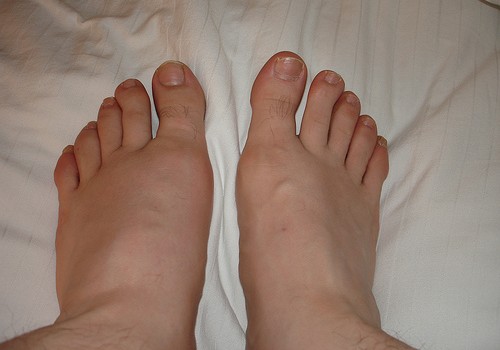
Symptoms Of Gout
Gout mostly presents as red, swollen, painful and warm joints. The first metatarso-phalangeal joint is the most commonly affected joint. Wrists, fingers, knees and heels may also be affected. Patients feel severe pain in the joints especially during the night, something that may be attributed to a low environmental and body temperature. Winter will bring a much higher frequency of attacks. High fever and generally feelung unwell may accompany the joint pain in severe cases. In the longer term, painless deposits of urate crystals known as tophi may form. Urate stones in the kidneys and urate nephropathy are well known renal complications.
- Important notification about information and brand names used in this slideshow!
- Photo courtesy of Michael Sauers by Flickr : www.flickr.com/photos/travelinlibrarian/542319274/
- Clinical Medicine by Kumar and Clark
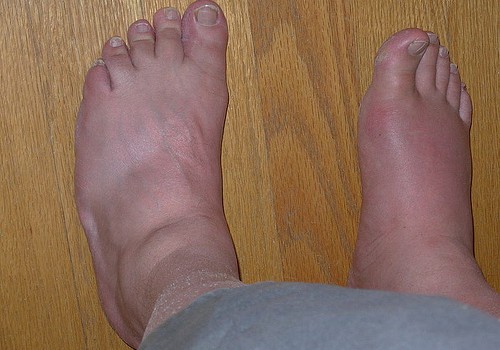
Natural Progression Of Gout
Severe joint pain and swelling will be resolved in five days to one week in most cases. Many patients have a repeat episode within one year. If no treatment is implemented, acute attacks will lead to long-term gout characterized by erosion of joint articular surfaces, joint deformities and painless deposition of urate crystals (tophi). Tophi formation is usually seen in patients who have not received any treatment for more than five years. Tophi formation frequently affects the ear, elbow and above the heel. Heart attacks, diabetes and high blood pressure are also seen frequently in patients with gout.
- Important notification about information and brand names used in this slideshow!
- Photo courtesy of MyArthritis by Flickr : www.flickr.com/photos/myarthritis/8882202328/
- Clinical Medicine by Kumar and Clark
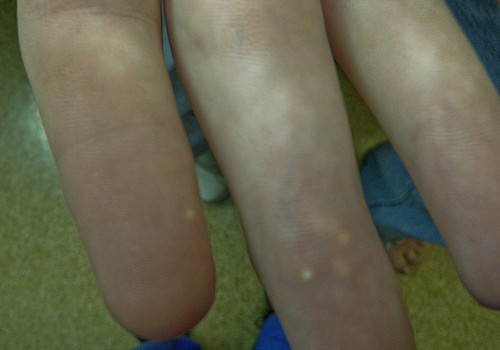
Diagnosing Gout
Gout may be diagnosed clinically if the patient is known to have elevated levels of uric acid in the blood. Other investigations are done only if there is a doubt that the patient may have another condition. Analysis of joint fluid (synovial fluid) is the gold standard to come to a definitive diagnosis. A joint fluid sample is taken (arthrocentesis) and examined quickly (temperature of the surrounding environment and pH of the solutions used affect the test result) for monosodium urate crystals. Elevated uric acid levels (>7mg/dl in males, >6mg/dl in females) are always detectable in cases of gout. A complete blood count may show a high white cell count. A raised erythrocyte sedimentation rate and impaired kidney function may also be detected. X rays may be used to detect long standing gout but they do not show any changes in new patients.
- Important notification about information and brand names used in this slideshow!
- Photo courtesy of ex_magician by Flickr : www.flickr.com/photos/ex_magician/5353051607/
- Clinical Medicine by Kumar and Clark
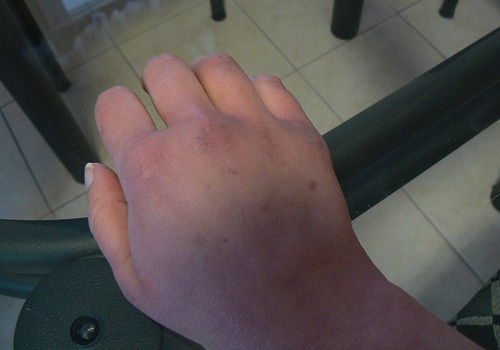
Other Diseases That Should Be Considered
Joint infections (septic arthritis) may present very similarly to gout. Such an infection may come to the joint via blood or through a wound in the adjacent tissues. Patients will be very ill and may have a high spiking, fluctuating fever and may have a detectable infective focus. Acute attacks of rheumatoid arthritis can also present this way. Rheumatoid arthritis usually affects knees and small joints of the hands (proximal interphalangeal joints and metacarpophalangeal joints). Rheumatoid factor levels will be high. Tophi located away from joints can be confused with skin cancers (basal cell carcinoma) due to the unhealthy appearance.
- Important notification about information and brand names used in this slideshow!
- Photo courtesy of Kristin Shoemaker by Flickr : www.flickr.com/photos/linuxlibrarian/3193756129
- Clinical Medicine by Kumar and Clark
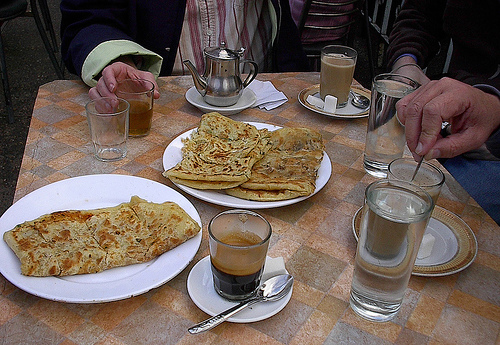
Prevention Of Gout
Risk factor modification is the most effective method of preventing gout. This is known as primary prevention. Primary prevention is indicated in individuals who have first degree relatives with the disease, medical conditions that can cause gout or use drugs which may elevate uric acid levels. The preventative regime comes with a reduction in the intake of meat, fish and other food items with high purine content, and abstaining from alcohol, consuming coffee, milk and other dairy products are recommended. Leading an active life and following a low calorie diet plan reduces the blood levels of uric acid effectively. Vitamin C has been shown to reduce uric acid levels. Treating causes of secondary gout is essential in prevention.
- Important notification about information and brand names used in this slideshow!
- Photo courtesy of Bryan Alexander by Flickr : www.flickr.com/photos/bryanalexander/517533128/
- Clinical Medicine by Kumar and Clark
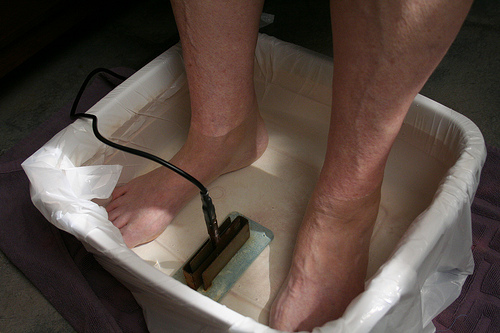
Treatment Of Gout
Colchicine is also indicated in patients with contraindications to NSAIDs. Colchicine may cause nausea, vomiting and cramping abdominal pains but only in higher doses. Colchicine may be problematic if the patient is on drugs like atorvastatin, due to drug interactions. Xanthine oxidase inhibitors such as allopurinol inhibit formations of uric acid. Pegloticase is a drug which breaks down urates. It is a protein derived drugs. This drug acts similar to the endogenous uricase enzyme. Pegloticase may induce an immune reaction, and patients may get an erythematous rash.
- Important notification about information and brand names used in this slideshow!
- Photo courtesy of Carrie Wagner by Flickr : www.flickr.com/photos/knoxreflexology/5718839023/
- Clinical Medicine by Kumar and Clark

Treatment Of Gout
The principles of managing gout are to first treat the acute attack and then to reduce serum uric acid levels to prevent a second attack. If gout is secondary to another medical condition, gout will not resolve as long as the cause is active. Non-steroidal anti-inflammatory drugs (NSAID) are the first choice of treatment. NSAIDs are not prescribed in patients with heart failure, kidney failure (NSAIDs retain fluid in the body), gastritis and peptic ulcers (NSAIDs increase stomach acid secretion). Prescribing an antacid may be effective against mild gastritis. Steroids may be used if NSAIDs are contraindicated, and can be injected into the joint. Steroids are contraindicated if an infection is present.
- Important notification about information and brand names used in this slideshow!
- Photo courtesy of Lukas Eklund by Flickr : www.flickr.com/photos/lukas42/5898682496/
- Clinical Medicine by Kumar and Clark


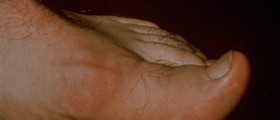
-Symptoms,-Diagnosis,-Treatment_f_280x120.jpg)
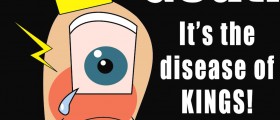
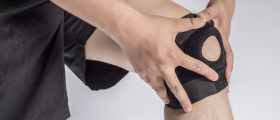
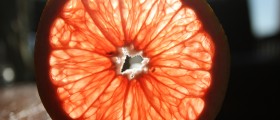


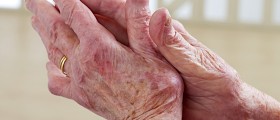

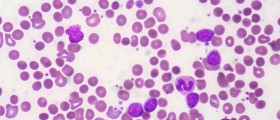
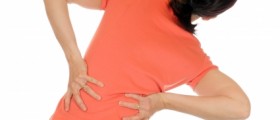
-Symptoms,-Diagnosis,-Treatment_f_280x120.jpg)
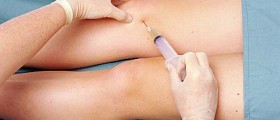
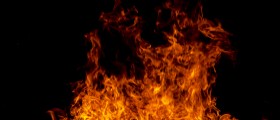
-Arthritis_f_280x120.jpg)
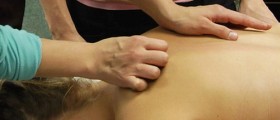
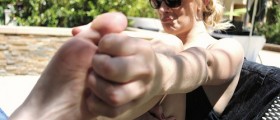
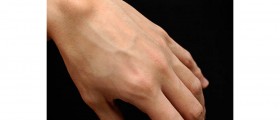
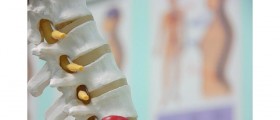
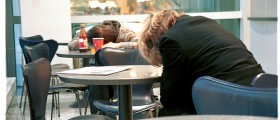
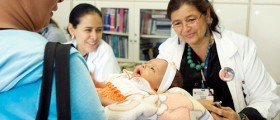
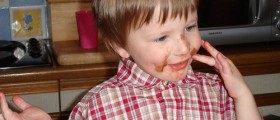


Your thoughts on this
Loading...